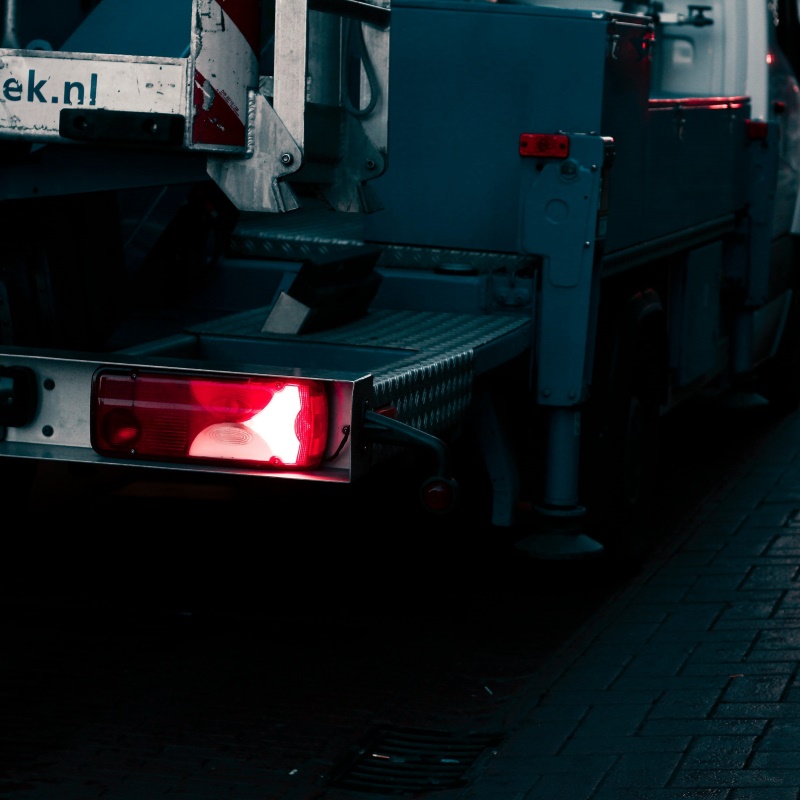In demanding work environments, safety is non-negotiable. For heavy-duty vehicles, visibility is paramount. Whether used on construction sites, mining roads, or snow removal zones, visibility enhances both worker safety and operational efficiency. That¡¯s where warning lights come in. Among the most common choices are strobe lights and beacons.With the expanding influence of the industry, led warning light manufacturer Our business is also constantly spreading, and the development of the market is also gradually advancing. https://www.lkx-mascarello.com
But how do you choose the right one for your fleet?
This article provides a comprehensive breakdown, focusing on use cases, performance, compliance, and advanced features.
Section 1: Understanding the Function of Warning Lights
Warning lights alert surrounding vehicles and pedestrians. They reduce the risk of collisions, especially in low-light or hazardous environments.
Their core functions include:
Drawing attention
Communicating movement or hazards
Reinforcing vehicle dimensions and outlines
Both strobe lights and beacons serve this purpose.
However, their operating principles and performance profiles vary significantly.
Section 2: What Is a Strobe Light?
Strobe lights emit rapid flashes at high intensity. Typically powered by xenon or high-brightness LEDs, they provide short, bright bursts of light. This pulsing action is highly visible during day or night.
Key Advantages:
Superior attention-grabbing effect
Effective in direct sunlight
Multi-angle visibility when properly mounted
Often features programmable flash patterns
Common Applications:
Roadside utility trucks
Emergency vehicles
Off-road equipment
Hazardous zones with high traffic movement
Strobe lights for work trucks are especially beneficial when sudden visibility is essential.
Section 3: What Is a Beacon?
Beacons emit continuous or rotating light.
Traditional beacon lights use halogen or incandescent bulbs with rotating reflectors.
Modern beacons often use fixed LEDs with simulated rotation via light sequencing.
Key Advantages:
Broad, consistent light coverage
Better for stationary warnings
Longer average lifespan (especially LED models)
Simplified electrical draw
Common Applications:
Tow trucks
Snow plows
Agricultural equipment
Municipal service fleets
Because of their steady visual signal, beacons are suited for prolonged warning.